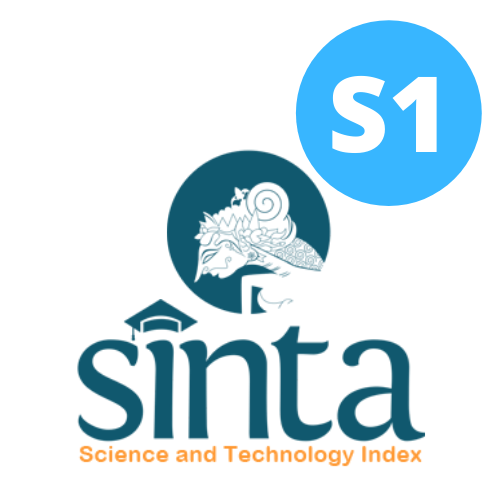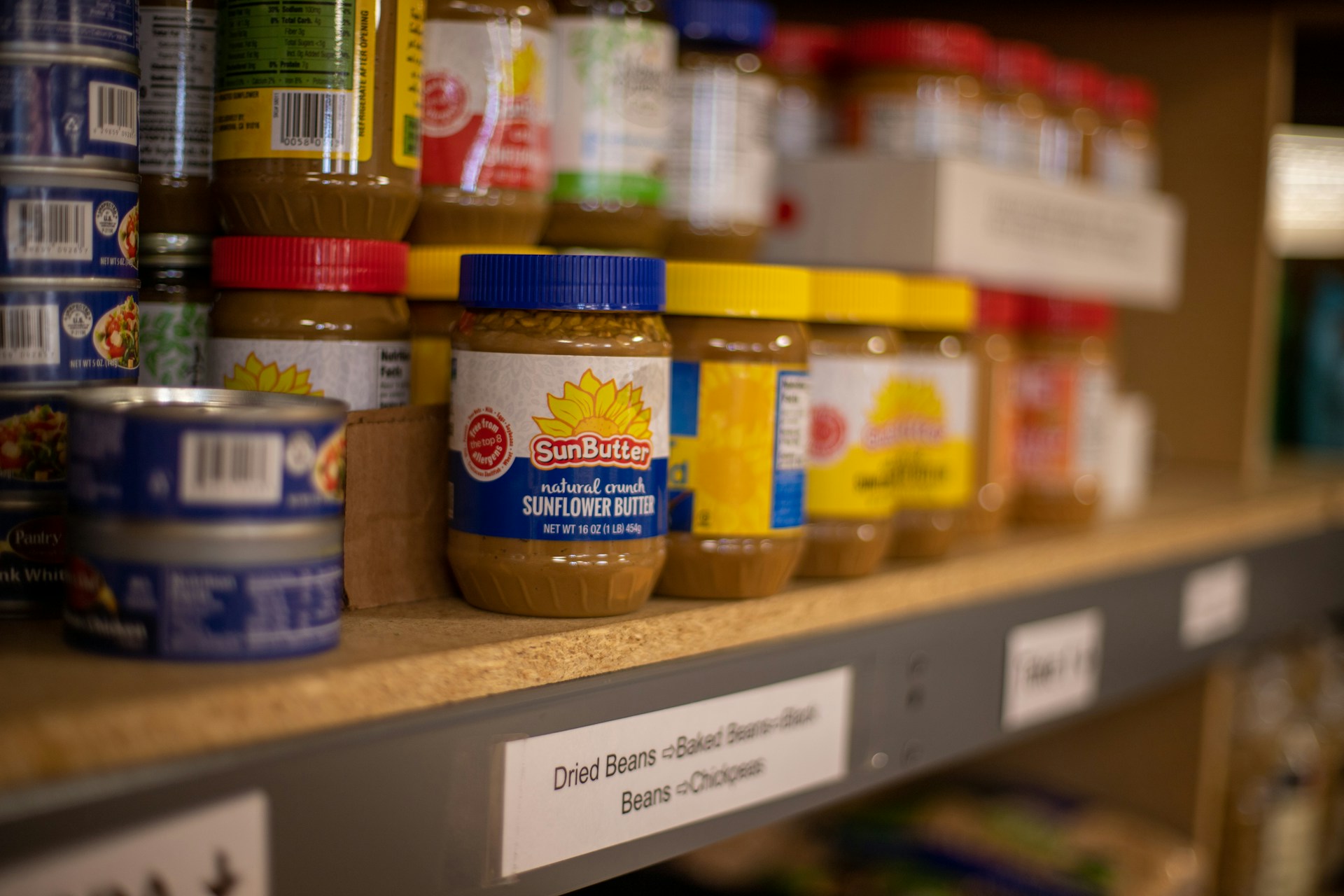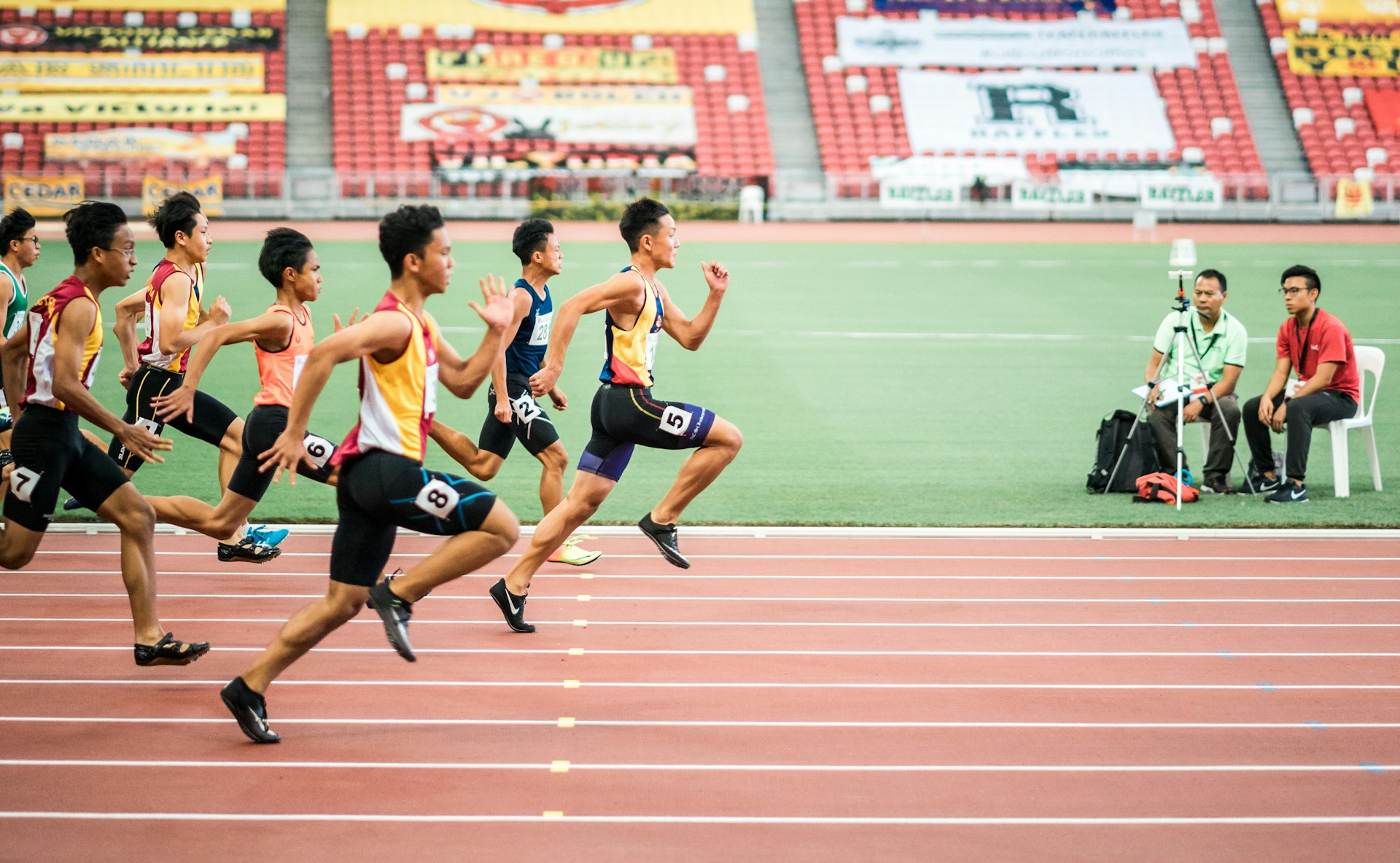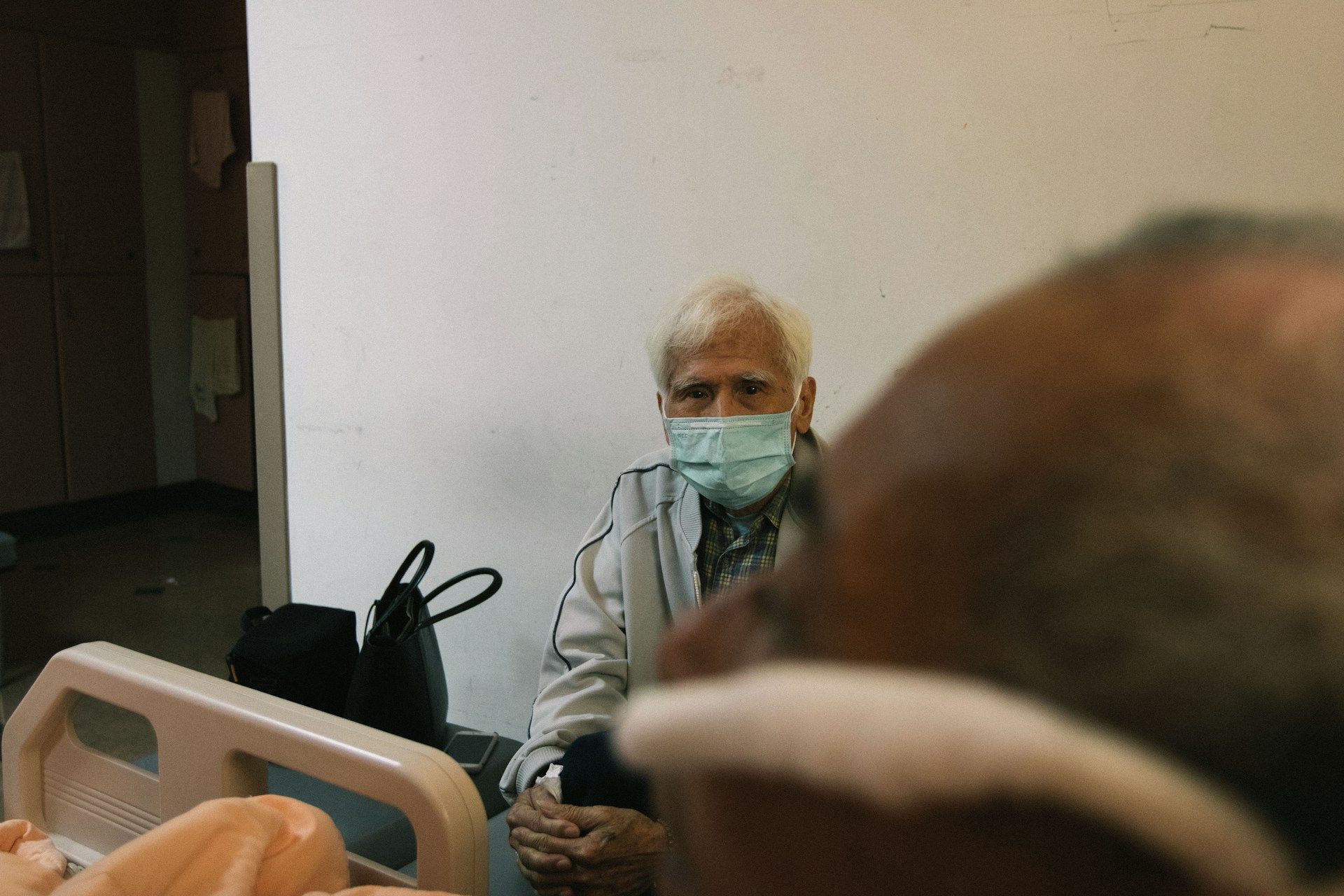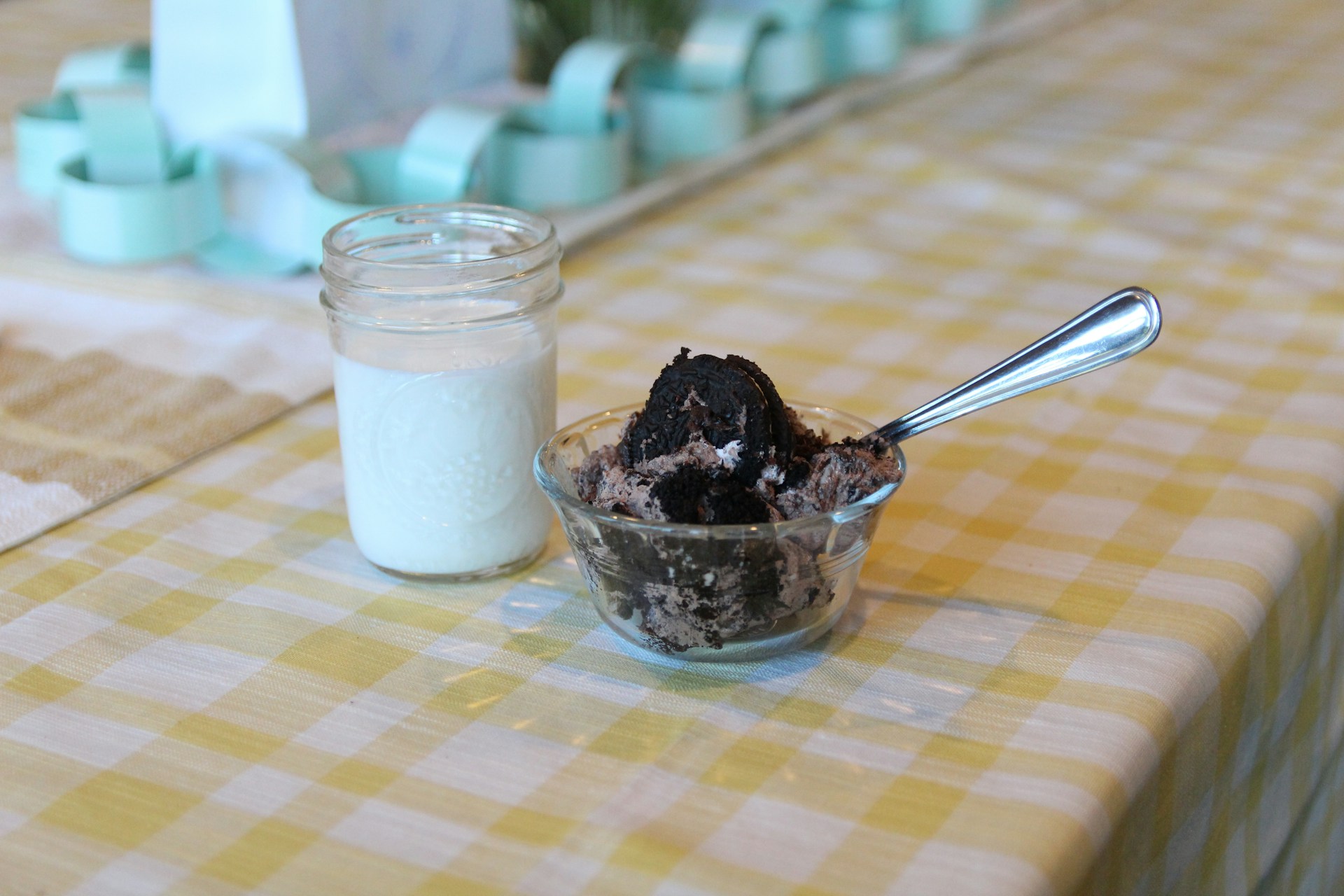Essential Health Intervention Package for Adolescent Girls as a Step to Break the Stunting Cycle: A Literature Review
Paket Intervensi Kesehatan Esensial pada Remaja Putri Sebagai Langkah Memutus Siklus Stunting: Sebuah Tinjauan Literatur

Downloads
Background: In Indonesia, approximately 32% of Indonesian adolescents experience anemia, if it not addressed effectively, adolescents suffering anemia pose a risk of resulting in stunted growth in their future offspring. Addressing nutritional issues including anemia in adolescence is a crucial step in efforts to break the cycle of stunting.
Objectives: This study aimed to review and analyze various essential health interventions for adolescent girls as a strategy to break the cycle of stunting through a comprehensive article review.
Methods: Literature was collected from four English-language databases: Scopus, PubMed, Springer Link, and EBSCOhost published from January 2013 to November 2023. The authors conducted article searching using the keywords "Adolescent girl" OR "teenage girl" OR "young woman" AND Intervention AND stunting. Inclusion criteria for this study encompassed community- or population-based research utilizing cross-sectional, cohort, and experimental methods. Exclusion criteria included systematic literature reviews and studies that did not report relevant findings. Ultimately, 10 articles were reviewed from a total of 4,596 articles identified, following Preferred Reporting Items for Systematic Reviews and Meta-Analyses (PRISMA)2020 checklist.
Discussions: The health intervention package designed for adolescent girls to prevent stunting includes health education delivered through various methods such as PowerPoint presentations, videos, booklets, and comics, along with the implementation of youth integrated post (posyandu) and community or school-based health intervention. Health promotion materials cover diet, personal hygiene, and supplementation of micronutrients and macronutrients.
Conclusions: Implementing the appropriate package of essential health interventions constitutes an effective and efficient approach to break the cycle of stunting.
Tan, P. Y., Moore, J. B., Bai, L., Tang, G. & Gong, Y. Y. In the context of the triple burden of malnutrition: A systematic review of gene-diet interactions and nutritional status. Crit. Rev. Food Sci. Nutr. 1–29 (2022) https://doi.org/10.1080/10408398.2022.2131727.
Kementrian Kesehatan RI. Peraturan Mentri Kesehatan Republik Indonesia Nomor 2 Tahun 2020 Tentang Standar Antropometri Anak. 78 (2020).
Rah, J. H., Melse-Boonstra, A., Agustina, R., van Zutphen, K. G. & Kraemer, K. The Triple Burden of Malnutrition Among Adolescents in Indonesia. Food Nutr. Bull. 42, S4–S8 (2021). https://doi.org/10.1177/03795721211007114.
Bundy, D. A. P. et al. Investment in child and adolescent health and development: key messages from Disease Control Priorities. Lancet 391, 687–699 (2018).
Christian, P. & Smith, E. R. Adolescent Undernutrition: Global Burden, Physiology, and Nutritional Risks. Ann. Nutr. Metab. 72, 316–328 (2018). https://doi.org/10.1159/000488865.
Bundy, D. A. P. et al. Child and adolescent health and development: realizing neglected potential. in Child and Adolescent Health and Development. 3rd edition (World Bank, 2017).
Kemenkes RI. Remaja Sehat Komponen Utama Pembangunan SDM Indonesia. Biro Komunikasi dan Pelayanan Masyarakat, Kementerian Kesehatan RI (2021).
Balitbangkes. Laporan hasil riset kesehatan dasar (Riskesdas) Indonesia tahun 2018. Jakarta Badan Penelit. dan Pengemb. Kesehat. Kemenkes RI 5–10 (2018).
Evans, Y. N. & Docter, A. D. Adolescent Nutrition: Assuring the Needs of Emerging Adults. Adolescent Nutrition: Assuring the Needs of Emerging Adults (2020). 10.1007/978-3-030-45103-5.
Duma-Kocan, P., Barud, B., Głodek, E. & Gil, M. Assessment of nutritional habits and preferences among secondary school students. Rocz. Panstw. Zakl. Hig. 68, 91–97 (2017).
Renyoet, B. S., Dary, D. & Nugroho, C. V. R. Literatur review: Intervensi pada Remaja Perempuan 8000 Hari Pertama Kehidupan (HPK) sebagai Upaya Pencegahan Stunting pada Generasi di Masa Depan: Literature Review: Intervention on Adolescent Girls in 8000 First Days of Life (HPK) as Stunting Prevention. Amerta Nutr. 7, 295–306 (2023). https://doi.org/10.20473/amnt.v7i2.2023.295-306.
Shinde, S., Madzorera, I. & Fawzi, W. Association of Iron Supplementation and Dietary Diversity With Nutritional Status and Learning Outcomes Among Adolescents: Results From a Longitudinal Study in India. Curr. Dev. Nutr. 5, 5140181 (2021). https://doi.org/10.1093/cdn/nzab035_089.
Watkins, K. L., Bundy, D. A. P., Jamison, D. T., Fink, G. & Georgiadis, A. Evidence of impact of interventions on health and development during middle childhood and school age. Dis. Control Priorities, (Volume 8) Child Adolesc. Heal. Dev. 1827 (2017).
Page, M. J. et al. Updating guidance for reporting systematic reviews: development of the PRISMA 2020 statement. J. Clin. Epidemiol. 134, 103–112 (2021). https://doi.org/10.1016/j.jclinepi.2021.02.003.
Patimah, S., Idrus, H. H. & Noviasty, R. Effect of School-Integrated Interventions on Improvement of Nutrition-Health Knowledge and Nutritional Status among Adolescent Girls: A Quasi-Experimental Study. Curr. Res. Nutr. Food Sci. J. 11, 880–893 (2023). http://dx.doi.org/10.12944/CRNFSJ.11.2.35.
Khan, M. et al. Role of dietary habits and personal hygiene on nutritional status of school-going adolescents: A cross-sectional study in selected schools located in slum areas of Nagpur City, Maharashtra. Ann. Afr. Med. 21, 185–192 (2022). 10.4103/aam.aam_109_20.
El-Abbassy, A., hussein, afaf, Ahmed, H., Diab, S. S. E. M. & El-Nagar, S. A. Nutrition Intervention Based on Health Belief Model for Promoting Dietary Calcium Intake among Adolescent Girl students. Int. Egypt. J. Nurs. Sci. Res. 2, 307–325 (2022).
Draper, C. E. et al. Application of Intervention Mapping to develop a community-based health promotion pre-pregnancy intervention for adolescent girls in rural South Africa: Project Ntshembo (Hope). BMC Public Health 14, 1–14 (2014). https://doi.org/10.1186/1471-2458-14-S2-S5.
Mardiana, M. & Yulianto, Y. The effect of nutrition education on balanced-nutrition knowledge and macronutrient intake among adolescent. Int. J. Public Health 11, 545–551 (2022). 10.11591/ijphs.v11i2.20988.
Fitria, M., Santosa, H., Lubis, Z. & Lubis, R. The Effect of Peer Education on Knowledge and Attitudes about Anemia and Chronic Energy Deficiency of Adolescent Girls at Percut Village, Indonesia. NVEO-Natural Volatiles Essent. Oils J. 3834–3843 (2021).
El-Ammari, A., El Kazdouh, H., Bouftini, S., El Fakir, S. & El Achhab, Y. Suggestions and Preferences for Interventions to Promote Adolescents’ Health: Insights from Focus Groups. Am. J. Heal. Educ. 51, 98–108 (2020). https://doi.org/10.1080/19325037.2020.1715903.
Neherta, M. & Nurdin, Y. Primary Prevention of Neglect in Children through Health Education for Adolescent Girls in West Sumatra, Indonesia. Open Access Maced. J. Med. Sci. 9, 359–363 (2021). https://doi.org/10.3889/oamjms.2021.7556.
Jolly, S. P., Roy Chowdhury, T., Sarker, T. T. & Afsana, K. Water, sanitation and hygiene (WASH) practices and deworming improve nutritional status and anemia of unmarried adolescent girls in rural Bangladesh. J. Heal. Popul. Nutr. 42, 1–17 (2023). https://doi.org/10.1186/s41043-024-00579-3.
Joshi, S. et al. The Nutritional Needs of Mothers and Babies: A Review. Int. J. Pharm. Qual. Assur. 14, 421–425 (2023). Doi: 10.25258/ijpqa.14.2.30.
Jihad, Janirah. Analisis Determinan Kejadian Stunting Pada Balita Usia 12-24 Bulan Di Wilayah Kerja Puskesmas Puuwatu Kota Kendari Tahun 2016. Thesis. Haluoleo University. (2016).
Salve, R. et al. Health education interventional programme and its impact on adolescent students. Sri Lanka J. Child Heal. 51, 69–74 (2022). Doi: http://dx.doi.org/10.4038/sljch.v51i1.9998.
Bundy, D. A. P. et al. The school as a platform for addressing health in middle childhood and adolescence. in Disease Control Priorities, Third Edition (Volume 8): Child and Adolescent Health and Development (World Bank, 2017). https://doi.org/10.1596/978-1-4648-0423-6_ch20.
Baltag, V. et al. Realising the potential of schools to improve adolescent nutrition. BMJ 379, e067678 (2022). https://doi.org/10.1136/bmj-2021-067678.
Kulkarni, B. et al. Prevalence of Iron Deficiency and its Sociodemographic Patterning in Indian Children and Adolescents: Findings from the Comprehensive National Nutrition Survey 2016-18. J. Nutr. 151, 2422–2434 (2021). https://doi.org/10.1093/jn/nxab145.
Torlesse, H., Cronin, A. A., Sebayang, S. K. & Nandy, R. Determinants of stunting in Indonesian children: evidence from a cross-sectional survey indicate a prominent role for the water, sanitation and hygiene sector in stunting reduction. BMC Public Health 16, 1–11 (2016). https://doi.org/10.1186/s12889-016-3339-8.
Copyright (c) 2024 Amerta Nutrition

This work is licensed under a Creative Commons Attribution-ShareAlike 4.0 International License.
AMERTA NUTR by Unair is licensed under a Creative Commons Attribution-ShareAlike 4.0 International License.
1. The journal allows the author to hold the copyright of the article without restrictions.
2. The journal allows the author(s) to retain publishing rights without restrictions
3. The legal formal aspect of journal publication accessibility refers to Creative Commons Attribution Share-Alike (CC BY-SA).
4. The Creative Commons Attribution Share-Alike (CC BY-SA) license allows re-distribution and re-use of a licensed work on the conditions that the creator is appropriately credited and that any derivative work is made available under "the same, similar or a compatible license”. Other than the conditions mentioned above, the editorial board is not responsible for copyright violation.








